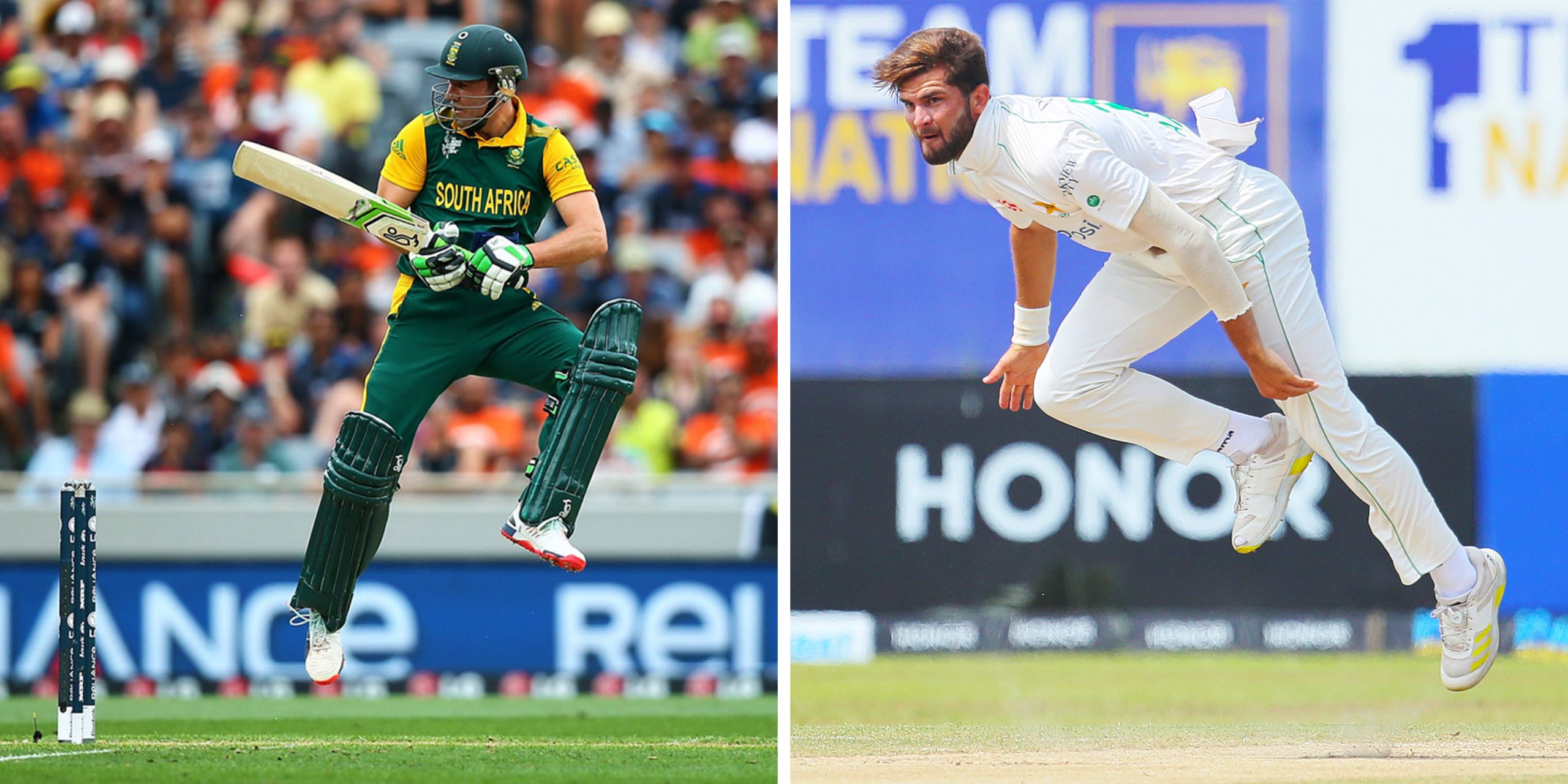In the ever-evolving landscape of cricket, one thing has become increasingly clear: the game is undergoing a transformative phase, demanding more dynamic players who can excel in all formats. With the emergence of trailblazing teams like England, the rest of the cricketing world finds itself in a captivating race to catch up and redefine their approach to the sport.
A 360-Degree Batting Revolution
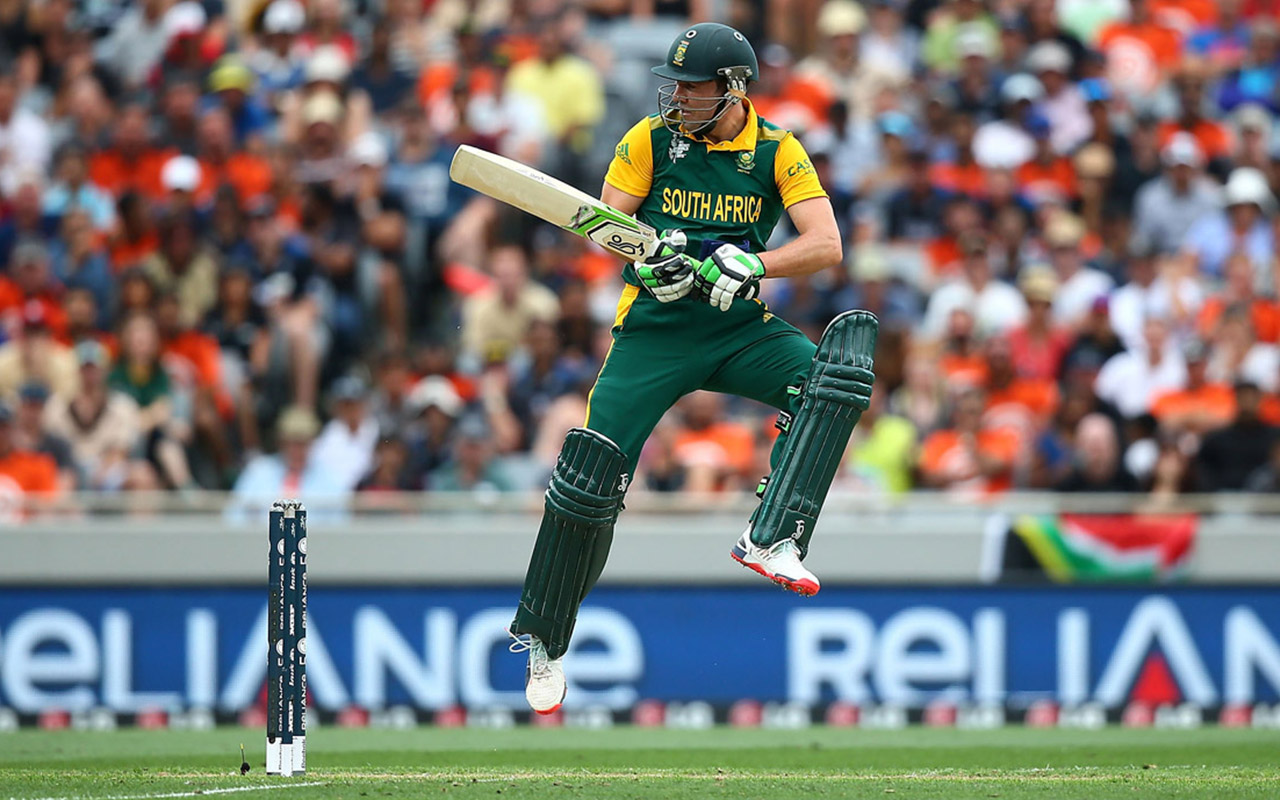
Modern cricket demands batsmen who can adapt swiftly to different formats and thrive under diverse conditions. The concept of 360-degree batting has taken center stage, where players are expected to strike the ball effectively from all angles of the field.
England has been at the forefront of this revolution, boasting batsmen capable of unconventional shots and high strike rates across formats. This versatility not only keeps the fielding side guessing but also puts pressure on bowlers to constantly innovate.
Bowling’s Need for Speed and Ingenuity
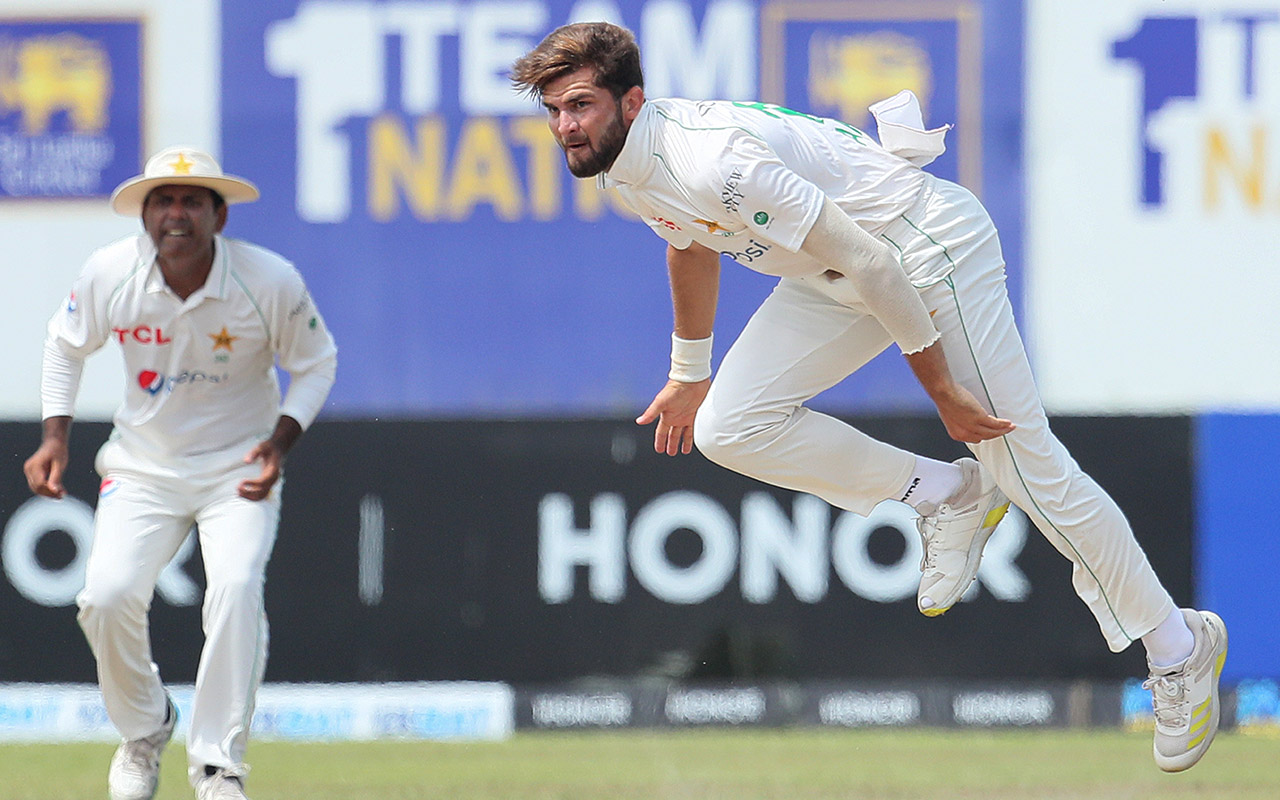
Bowlers, too, are being challenged to embrace speed and variations in their arsenal. The requirement for quick bowlers who can deliver thunderbolts while seamlessly transitioning into a spectrum of variations has never been more crucial. Teams are striving to find the perfect blend of raw pace and unorthodox deliveries.
The Enigma of Spin and Fielding Prowess
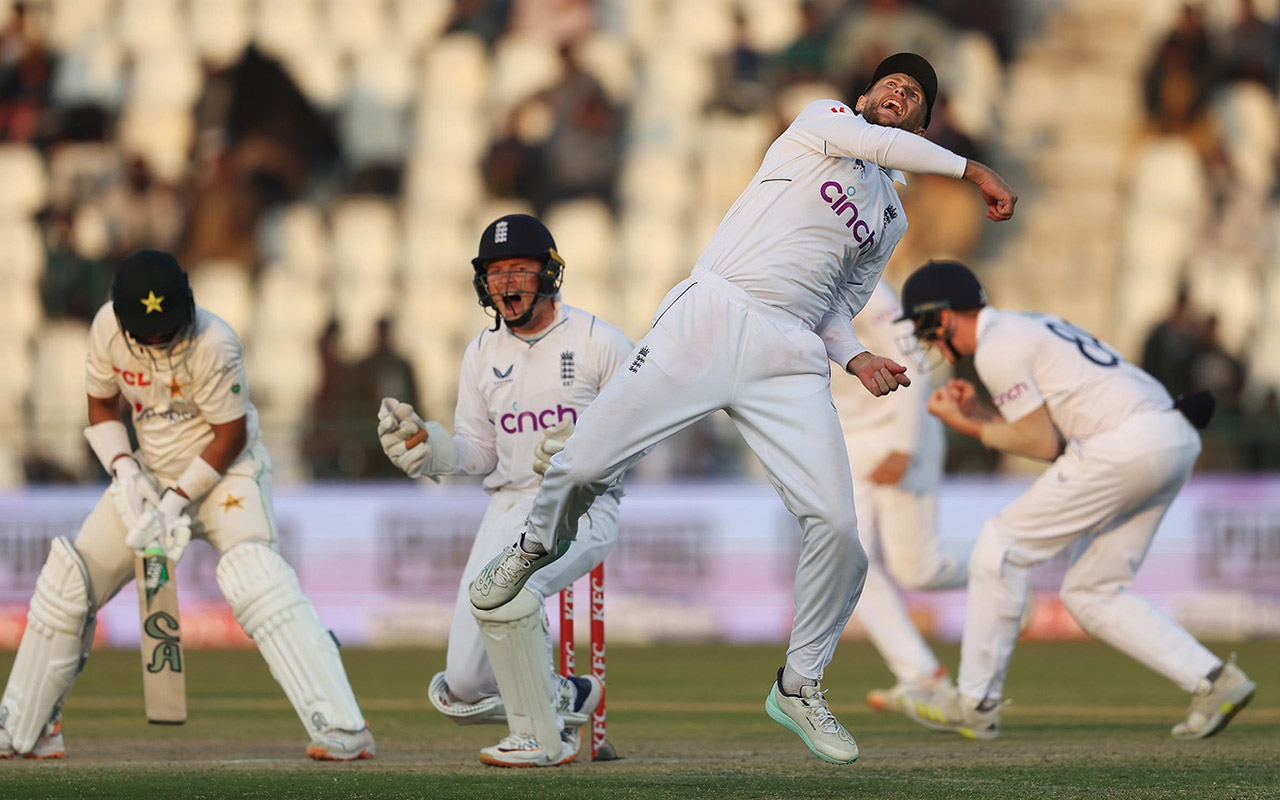
Spinners are no exception to the demand for diversity. The era of the mystery ball has arrived, where spinners are expected to possess baffling deliveries that defy batsmen’s expectations. Alongside this, the emphasis on fielding prowess has never been higher. In modern cricket, every player is a fielder, and teams are looking to cultivate line-ups with 11 agile fielders who can field anywhere on the ground. Anticipating a future where fielders might even throw with both hands.
Pakistan’s Path to Modernity
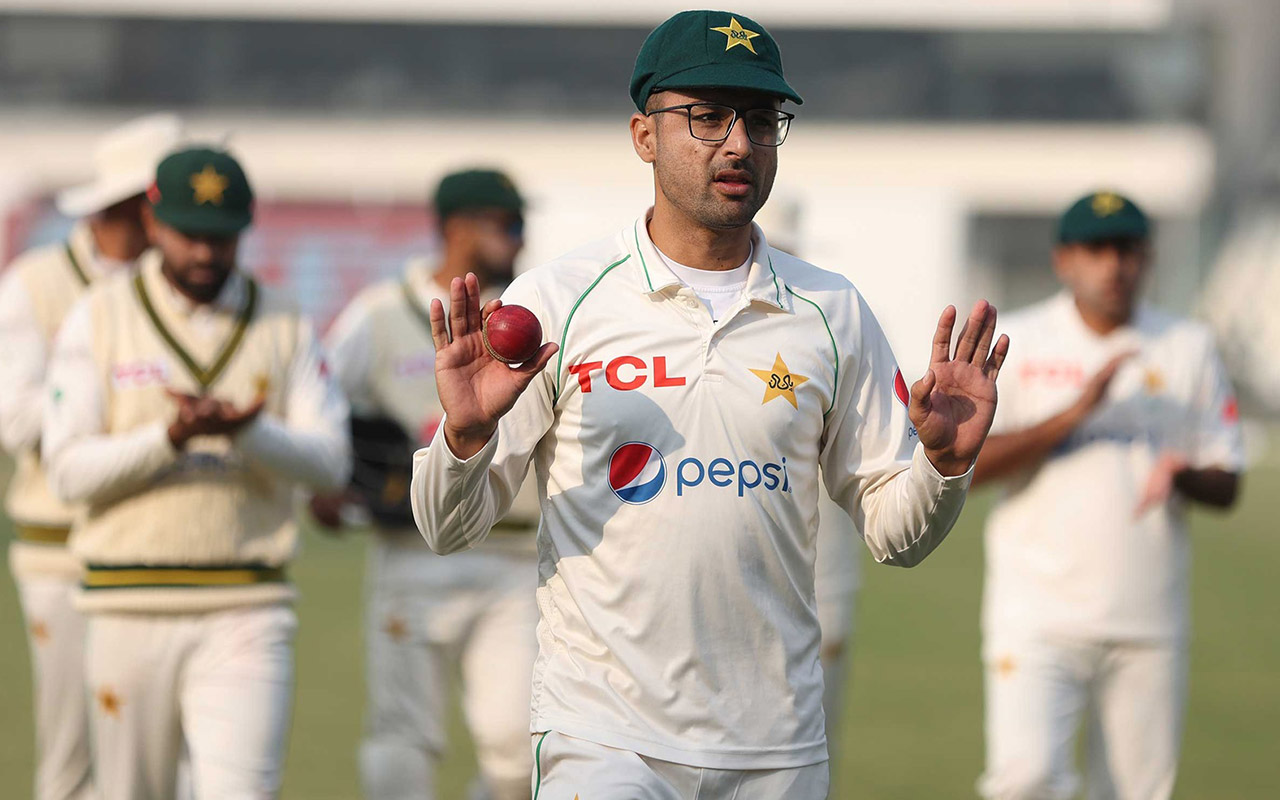
Pakistan finds itself blessed with a rich bowling heritage, boasting an array of fast bowlers with pace and variations. Additionally, young spin talents like Abrar Ahmed and emerging Chinaman bowlers point to a promising spin department.
While Pakistan’s batting formula has worked well, adapting to the changing demands of modern cricket will be the next challenge. The rise of players like Muhammad Haris and Saim Ayub exemplifies the quest for dynamic batting talents.
Embracing the Attacking Formula
The success of England’s attacking formula has been nothing short of remarkable. Their aggressive approach has paid dividends across formats, setting a benchmark for other teams to aspire to. In the pursuit of victory, adopting such strategies becomes imperative, although this transition won’t happen overnight. The pathway involves investing in domestic cricket, nurturing versatile players, and fostering a culture that welcomes innovation while removing the fear of failure.
Indeed, adopting an attacking mindset and having a proactive captain are crucial elements in modern cricket. These qualities can make a significant difference in a team’s performance. It’s essential for Pakistan’s team management and captain to prioritize these aspects to achieve better results. We have seen that missing in the past and the Pakistan /India game in Asia cup is a latest example.
The dynamics of modern cricket are reshaping the game’s landscape. The call for versatile batsmen, bowlers with pace and variations, and spinners with mystery deliveries has become more resounding than ever. England’s exemplary approach has set a new standard, and teams worldwide are racing to catch up. The path forward lies in investing in talent development, embracing innovation, and redefining the norms of cricket. As the sport continues to evolve, one can only anticipate the exciting possibilities that lie ahead.
